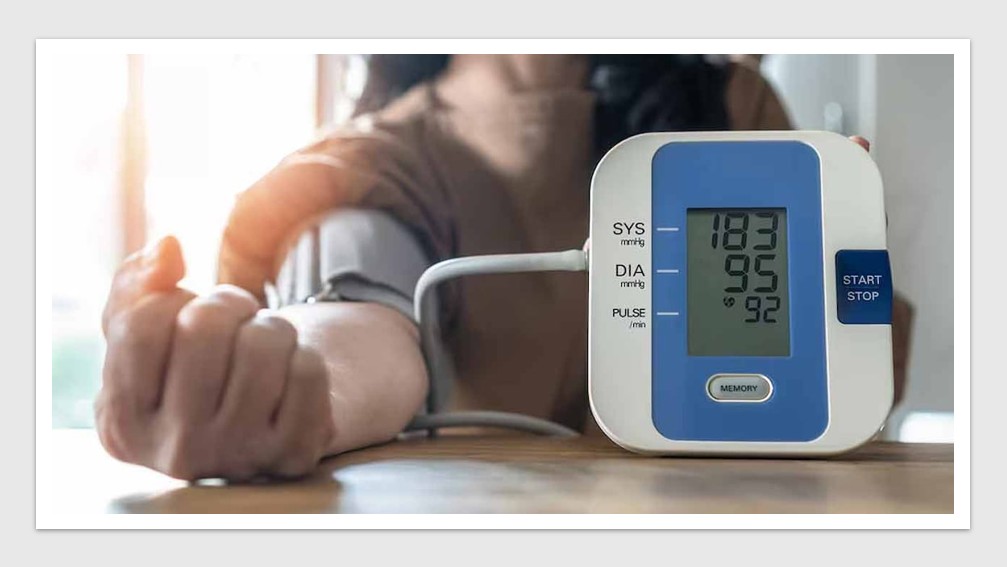News & Trends - MedTech & Diagnostics
World-first at-home fetal monitoring device
Monash University researchers in Melbourne, in partnership with Biorithm, a Singapore-based start-up, are bringing obstetric healthcare into the 21st century, trialling a new wearable device that remotely monitors a mother and unborn baby’s heart rate, and contractions.
The remote monitoring device, Femom, is placed on the stomach by expectant mums in the comfort of their own home, tracking vital information and reporting to the treating doctor via a phone app.
The device could be made commercially available next year. Researchers believe it has the potential to revolutionise obstetric care as fetal monitoring through CTG hasn’t evolved since its invention in the 1960’s.
A doctor prescribes the device and kit along with regular ‘virtual appointments’ through self-monitoring. Depending on the patient’s needs, the kit comes complete with connecting devices such as a blood pressure monitor, glucometer and a digital weight scale, providing a detailed profile of the patient and unborn baby’s health.
With 50 million pregnancies (30 per cent worldwide) considered high-risk, co-developer Dr Vinayak Smith, of Monash University’s Department of Obstetrics and Gynaecology, said the device could lead to more reliable and individualised care for vulnerable patients, while easing the burden on the health system.
“This device is essentially a virtual maternity clinic – meaning pregnant woman no longer need to leave home to be monitored. It’s a world first solution in outpatient antenatal monitoring, and addresses an urgent global need to rethink how we deliver maternity care,” Dr Smith said.
“It has the potential to dramatically reduce the cost of care, hospital wait times, and provide closer monitoring and personalised support to pregnant women, especially for high-risk pregnancies.”
Dr Smith said the Femom device can not only monitor heart rates in more detail than current methods, but it can provide clearer distinctions between the mother and baby’s heartbeats, allowing faster detection of babies showing early sign of distress.
“The technology is science at its best – the device also gives us a lot more insight into what is going on physiologically – we can see much more in terms of heart rate intervals an morphology for example. We have never been able to do this from the current available monitoring systems,” Dr Smith said.
Fetal heart rate monitoring is currently done in hospitals – with the women as inpatients – via cardiotocography (CTG) technology. Some women have to go to hospital three times a week, travel long distances, and endure long waiting times.
One of Australia’s leading specialists in obstetrics and gynaecology and supervisor of the trial team, Professor Euan Wallace AM, said handing control to women was a key driver of the project. Professor Wallace is head of Obstetrics and Gynaecology at Monash University.
“This is obstetric healthcare slowly dragging itself into the 21st century. It certainly has the promise of better outcomes,” Professor Wallace said.
“Essentially this is about moving control into the hands of the woman so she can do the monitoring at home. It can then be interpreted at the hospital or a central point in real time. It allows a much timelier intervention if needed, enabling us to deliver babies in better condition.”
The researchers conducted a survey during pilot trials that showed 80 per cent of mothers would prefer to use the device than standard CTG.
They anticipate the device could be used as a standard-of-care for remote monitoring and potentially replace standard CTG in hospitals during pre-labor care.
The device has been successfully trialled at the Monash Medical Centre in Melbourne, with further trials taking place at collaborating hospitals around the world.
You may also like Breakthrough in Australian glaucoma detection – rates double with the introduction of advanced 3D eye scan
News & Trends - Biotechnology

CSL reshapes R&D while bracing for U.S. tariffs
Australia’s largest biotech company CSL is streamlining its R&D operations to enhance efficiency amidst a rapidly evolving global landscape. The […]
MoreNews & Trends - MedTech & Diagnostics

Australia joins Medtronic trial in fight against resistant hypertension
Medtronic has launched an international clinical trial across Australia, the United States, and Europe to evaluate the feasibility of multi-organ […]
MoreNews & Trends - MedTech & Diagnostics

Medibank launches pharmacogenetic testing while government stalls on insurance discrimination ban
Medibank has become the first Australian health insurer to pay towards pharmacogenetic testing (PGx) for eligible customers on Extras cover. […]
MoreNews & Trends - Pharmaceuticals

Global pledge shifts visibility and action for patients with advanced breast cancer
Three breast cancer organisations have united internationally to demand that people living with metastatic breast cancer (MBC) are no longer […]
More